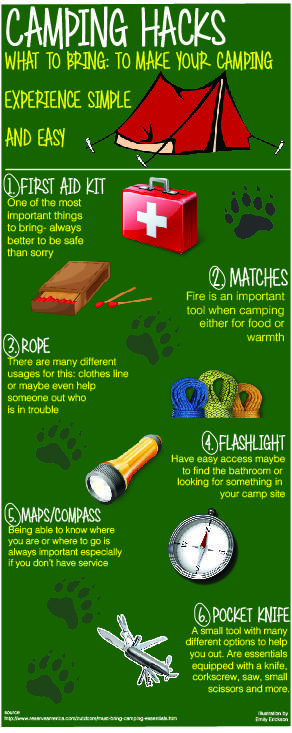Reaching Out To Your Customers By Selling Camping Tents
Reaching Out To Your Customers By Selling Camping Tents
Blog Article
The Background of Bell Tents
From the nomadic tribes of Central Asia to glamping sites worldwide, bell camping tents have become a symbol of rustic adventure. Their legendary shape and large interiors create an ambiance that is both cozy and majestic.
How much is a small tent?
Their beginnings can be mapped to armed forces camping tents designed by Henry Hopkins Sibley, that patented the conelike canvas shelter in 1856. The design was based on the Indigenous American teepee and was created to be quickly put together, durable and mobile.
Beginnings
The bell camping tent has actually been a staple for exterior fanatics because the 19th century. The design is rooted in army outdoors tents that saw service in the Crimean Battle, and later on ended up being popular with precursor groups across America. The American Sibley outdoor tents was a variation of the European bell tent. Its inventor, Henry Hopkins Sibley, took inspiration from the Indigenous American tepee when producing his version. His version integrated a single facility pole, raised bigger walls and an airing vent cap that permitted smoke from the range to run away.
Today, contemporary canvas bell tents offer a feeling of luxury for camping fans and are a prominent choice for glamping hideaways. With a large interior and an eye-catching shape, these tents can be decorated with furniture and style to develop a comfortable and intimate environment for occupants. The round style also aids with wind resistance and enables flexible indoor designs. The easier design with less poles and stakes makes it less complicated to establish camp and transport to different areas.
Armed forces Use
The Bell Outdoor tents was a home-away-from-home for lots of soldiers in the 18th century. It was utilized on the battlefield along with for command centres and field hospitals.
Its capability to be rapidly established in a selection of objective circumstances enabled it to function as a reliable sanctuary and work area. Its modular design suggests it can broaden or contract to fit the demands of different sized teams and goals.
Additionally, it can be easily moved utilizing a range of lorries and hands-on transportation, making it a functional choice for army and rescue procedures. Its light-weight, compact nature additionally makes it simpler for soldiers or rescuers to carry and trek across intricate terrain to reach their goal site. This conserves useful time and resources.
Glamping
With the surge of glamping, bell tents came to be prominent as a luxurious outdoor camping alternative. Their famous silhouette develops a magical setting and outdoor tent can be fitted with trendy home furnishings to add an added touch of comfort to your outdoor camping experience.
In the 19th century, the armed forces adjusted the style to make it more long lasting and practical for usage on war zones and explorations. Animal hides were changed by canvas that had been treated with waterproofing agents, enabling the bell camping tent to withstand extreme climate condition.
The bell camping tent's usefulness caught the focus of recreational campers, and it promptly gained appeal as a tent for camping journeys and various other outside occasions. It is now a staple at shop camping sites, songs festivals, and eco-resorts, where it uses a mix of nostalgia and refinement.
Design
The bell camping tent's simple style stood out of recreational campers, and it quickly came to be a staple among those that wanted to experience the outdoors stylishly. Today, you can locate these versatile structures in camping sites and at glamping retreats throughout the globe.
The first trademarked variation of the bell tent was established by Henry Hopkins Sibley throughout the American Civil War, drawing ideas from Native American tipis. He integrated a solitary central pole, brief side wall surfaces, and a vented "cap" for smoke from an oven to develop his innovative camping tent.
With time, Sibley's design enhanced with the enhancement of breathable canvas and various other materials that enabled the outdoor tents to regulate its temperature. Modern bell camping tents are made from a selection of materials, including cotton and blends with fire resistant fabric to decrease fire dangers. Their spacious interiors are best for preparing furnishings to create comfortable sleeping locations and lounge spaces. They are additionally light-weight and easy to set up, making them a terrific choice for novices or any individual seeking a hassle-free outdoor camping experience.
How do you keep moisture out of a tent?
